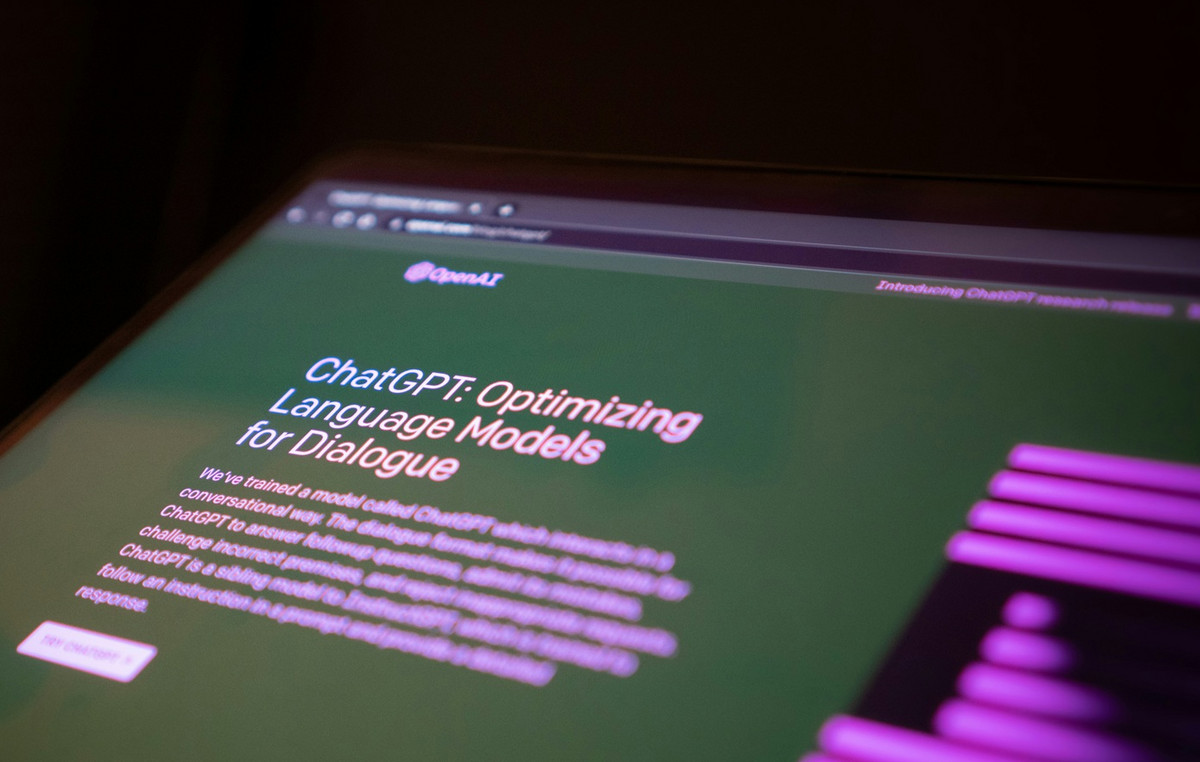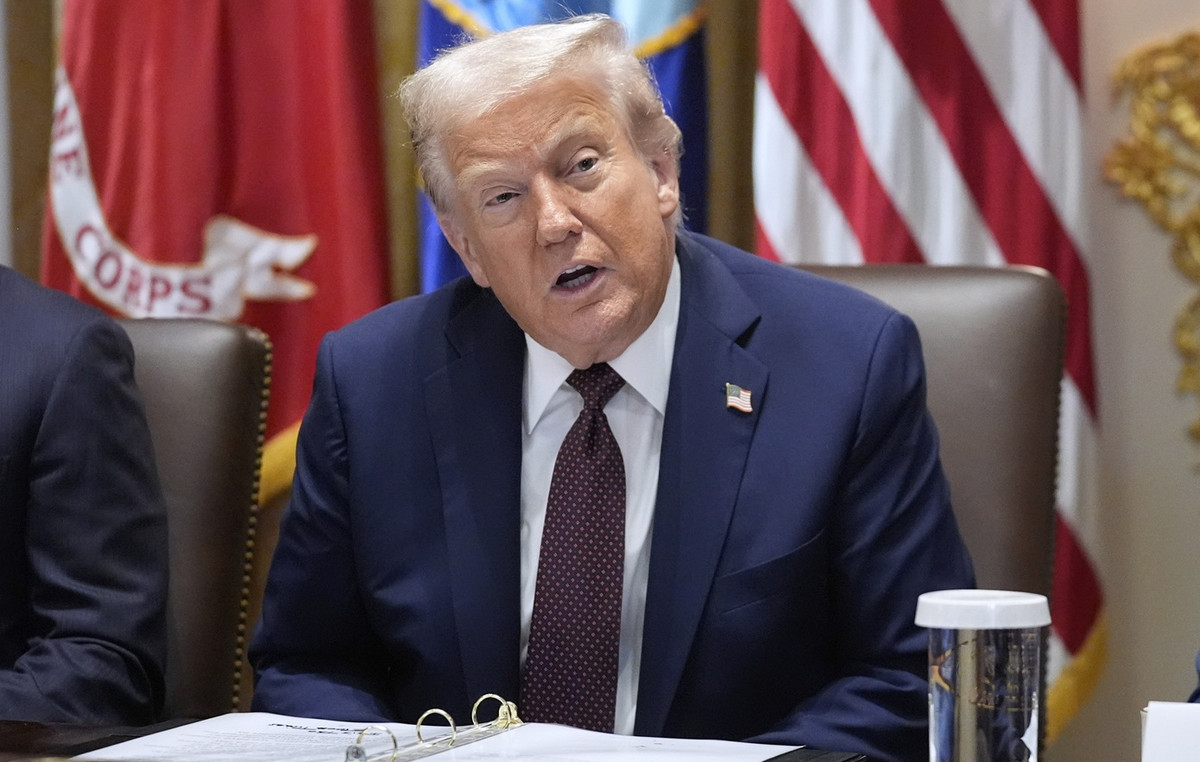- The Japanese Yen continues to lose ground after the BoJ announced its monetary policy decision.
- The BoJ ended the negative interest rate region and also scrapped the YCC policy.
- Expectations of a hawkish Fed support the Dollar and further boost the USD/JPY pair.
The Japanese Yen (JPY) extends its intraday losses and falls to almost two-week lows against its US counterpart after the Bank of Japan (BoJ) announced its first interest rate hike for the first time since 2007. This marks the end of the era of negative interest rates that began in 2016, which is accompanied by the elimination of the yield curve control (YCC) policy. The decision, for its part, was broadly in line with market expectations and therefore did not impress the Yen bulls.
This, coupled with modest US Dollar (USD) strength, bolstered by expectations that the Federal Reserve (Fed) will keep interest rates higher for longer, lifts the USD/JPY pair near the psychological 150.00 mark. . However, positive intraday movement stalled near that zone as traders await the post-meeting press conference where BoJ Governor Kazuo Ueda's comments will influence the JPY and provide some momentum ahead of the FOMC meeting.
Daily Summary Market Movements: Japanese Yen Overall Weakens Despite BoJ Policy Change
- The Japanese Yen languishes near its lowest level in two weeks around 149.92.
- The Bank of Japan raises its rates for the first time since 2007 and announces the end of the YCC.
- Japan's largest union group said major companies agreed to the biggest pay rise in 33 years.
- Japanese Finance Minister Shunichi Suzuki said this year's wage negotiations have so far led to record wage growth and the government will roll out various policies to continue the positive wage momentum.
- Markets are now pricing in less than three 25 basis point rate cuts in 2024 and around a 51% chance that the Fed will begin the rate cut cycle at the June policy meeting, a sharp drop from expectations at the beginning of the year.
- Bets that the Fed will keep rates higher for longer lift the benchmark 10-year U.S. government bond yield to three-week highs, adding to dollar strength and supporting prospects for a fresh rally. of the USD/JPY pair.
Technical Analysis: USD/JPY Bulls Await a Move Beyond the 150.00 Mark Before Making New Bets
From a technical point of view, the USD/JPY pair remains above the 61.8% Fibonacci level of the February-March decline and appears poised to continue rising. The constructive outlook is reinforced by the fact that the oscillators on the daily chart have just started to gain positive traction. Therefore, a breakout towards the psychological mark of 150.00 is possible. Sustained strength beyond the latter could trigger a fresh short move towards the 150.65-150.70 area before bulls attempt to retest the recent years' high around the 151.00 mark touched on 13 February.
On the other hand, the round figure of 149.00 seems to have become immediate support. If it continues to fall, buying will most likely occur and it will remain near the 148.30 point area. Next would be the 148.00 area, below which the USD/JPY could accelerate the decline towards the 100-day SMA, which is currently near the 147.65 area. A convincing break below could shift the bias in favor of bearish traders and drag prices towards the 147.00 mark on the way to the monthly swing low, around the 146.50-146.45 region.
Frequently asked questions about the Bank of Japan
What is the Bank of Japan?
The Bank of Japan (BoJ) is the Japanese central bank, which sets the country's monetary policy. Its mandate is to issue banknotes and carry out monetary and currency control to ensure price stability, which means an inflation target of around 2%.
What has been the policy of the Bank of Japan?
The Bank of Japan has embarked on ultra-loose monetary policy since 2013 in order to stimulate the economy and fuel inflation amid a low inflation environment. The bank's policy is based on Quantitative and Qualitative Easing (QQE), or printing of banknotes to buy assets such as government or corporate bonds to provide liquidity. In 2016, the bank doubled down on its strategy and further relaxed policy by first introducing negative interest rates and then directly controlling the yield on its 10-year government bonds.
How do the decisions of the Bank of Japan influence the Japanese Yen?
The Bank of Japan's massive stimulus has caused the Yen to depreciate against its major currency pairs. This process has been exacerbated more recently by a growing policy divergence between the Bank of Japan and other major central banks, which have opted to sharply raise interest rates to combat inflation levels that have been at record highs for decades. The Bank of Japan's policy of keeping rates low has caused the differential with other currencies to increase, dragging down the value of the Yen.
Will the Bank of Japan change its ultra-loose policy soon?
The weakness of the Yen and the rebound in global energy prices have caused a rise in Japanese inflation, which has exceeded the 2% target set by the Bank of Japan. Even so, the Bank of Japan judges that sustainable and stable achievement of the 2% objective is still not in sight, so a sudden change in current monetary policy seems unlikely.
Source: Fx Street
I am Joshua Winder, a senior-level journalist and editor at World Stock Market. I specialize in covering news related to the stock market and economic trends. With more than 8 years of experience in this field, I have become an expert in financial reporting.







